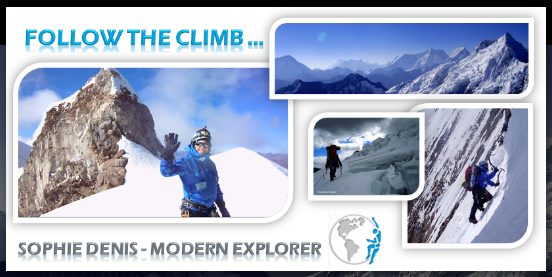View from Annapurna Base Camp
Annapurna Base Camp Trek
Early September is the end of the monsoon season. The cons are that I did not see any views, as it was raining and cloudy all day every day. It was not much fun to trek with this weather and be soaking wet all the time. The plus are the trekkers. In this off season, there is no big group, only individual trekking. I met every single day very interesting people, with great stories and good energy.
Here below, a group of Chinese trekkers who are celebrating the Mid-Autumn Festival at Annapurna Base Camp. I was one of those heartwarming moments when you feel being part of something different. They were singing traditional songs, and invite me to join them to eat the Mooncake that they brought from China.
Learn more about the Mooncake : http://en.wikipedia.org/wiki/Mooncake
Trek Altitude chart
I got very sick, and take my recovery very seriously. I did the Annapurna Base Camp Trek with specific goals in mind:
- Get pre-acclimatized for my coming climb. Manaslu base Camp is at 4800m
- Check myself physically : How I do, How I feel
I spent 3 nights at Base Camp and Trek up to ~4800m several times. I felt good. I noticed that I lost a lot of acclimatization, as I woke up at the morning with my visage swollen. It is a natural inflammation of your mucus due to altitude. Otherwise, I did not notice any other symptoms: headache, nausea, difficulty to breathe …
Trek Pictures
Life style: As I walked through more remote areas, I can enjoy the Gurung region traditions and lifestyle
Jungle: Until Deurli, I walked mainly in the Jungle. It is full of animals. We can hear the birds singing loud, monkeys jumping trees to trees, a broad range of butterfly … , the down side are the letches. But with salt in your socks, and tiger balm on your shoes, they do not bite
Views



























































